Art World
12 of the Best New Books About Art to Read Over the Holidays, From a Painter’s Memoir to a Survey of Artists’ Steamy Affairs
One for each day of Christmas!

One for each day of Christmas!

Sarah Cascone

If you’ve got some free time over the holidays, there’s nothing like curling up with a good book. In honor of the season, here’s a selection of our favorite art books from 2019.
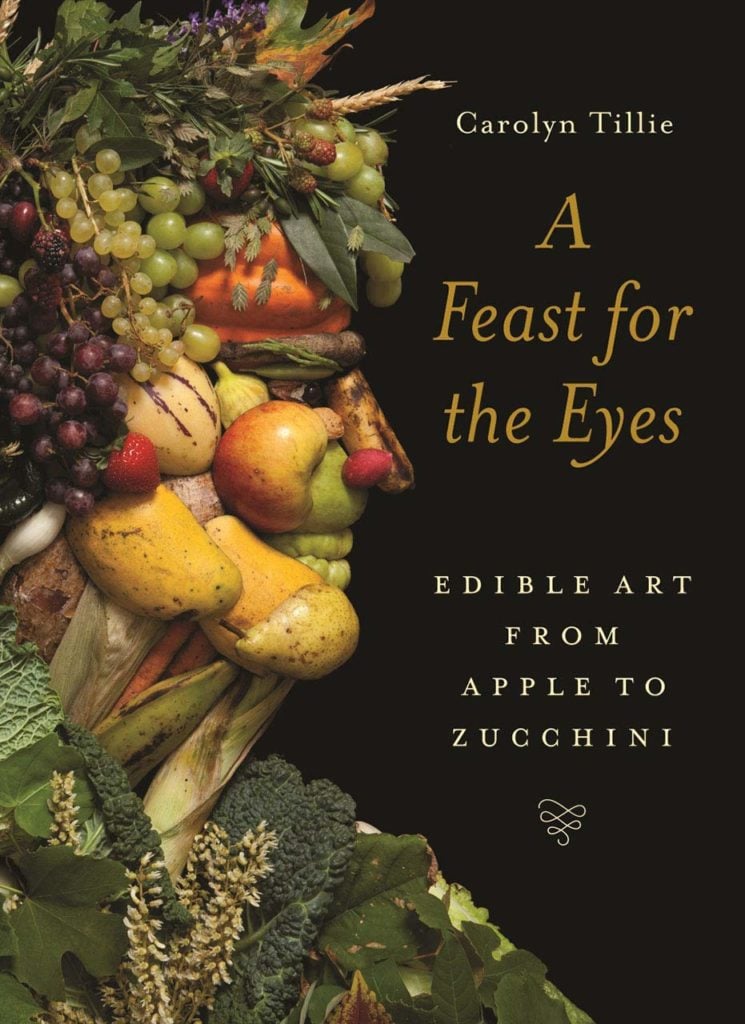
Maurizio Cattelan’s now-infamous banana is hardly the only work of art made from literal foodstuffs. In artist Carolyn Tillie’s gorgeously illustrated A Feast for the Eyes, she considers the role of art in the full span of art history, from prehistoric paintings done on the inside of eggshells, to elaborately crafted Renaissance banquets with extravagant sugar centerpieces. But the heart of this little volume—or should I say the gut?—is the incredible alphabetical rundown of artworks made from all types of edible ingredients, such as Vik Muniz’s caviar Frankenstein (2004) and Blake Little’s viral photographs of models dripping in honey. (Bizarrely omitted? Kara Walker’s seminal sugar sphinx.)
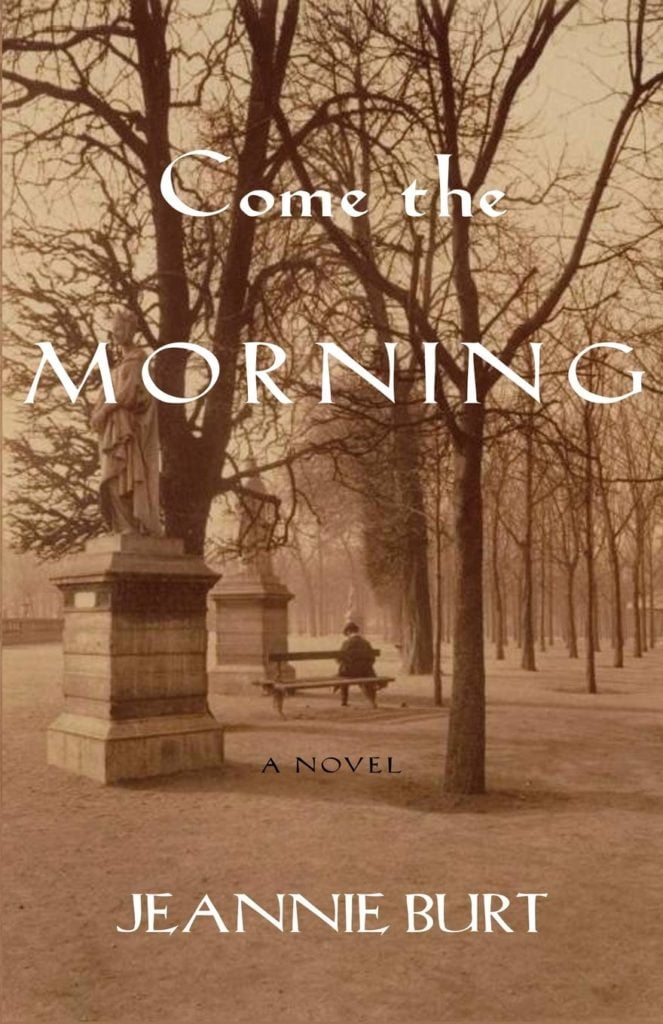
A work of historical fiction featuring Robert Henri (1865–1929), one of the leaders of the Ashcan School, Come the Morning is the story of how hardworking orphan Ezekiel Harrington, through his childhood friendship with the artist, accidentally becomes the owner of a Philadelphia art gallery. It’s the sequel to 2018’s The Seasons of Doubt, which was about Ezekiel’s mother’s struggles to support herself without a husband. Ezekiel is somewhat of a challenging character in his stubborn independence, but the book paints a fascinating picture of an American art world in its infancy, with wealthy patrons contrasted with ambitious artists rebelling against the constraints of the Pennsylvania Academy of Fine Arts.

Suzanne Hinman’s deeply researched account of the building of the second Madison Square Garden by architectural firm McKim, Mead & White transports readers to the surprisingly salacious Gilded Age. Consider the tangled romantic lives of the men involved: married artist Augustus Saint-Gaudens, sculptor of the building’s famed nude statue of the goddess Diana, penned love letters to architects Stanford White and Joseph Wells, while having a child with his mistress. And then there’s the tale’s denouement, the so-called “trial of the century,” after White was murdered during a performance at Madison Square Garden. Harry Kendall Thaw claimed the crime was revenge for White’s affair with Thaw’s wife, the young actress Evelyn Nesbit, but Hinman suggests that the two men may have had a romantic falling out of their own.
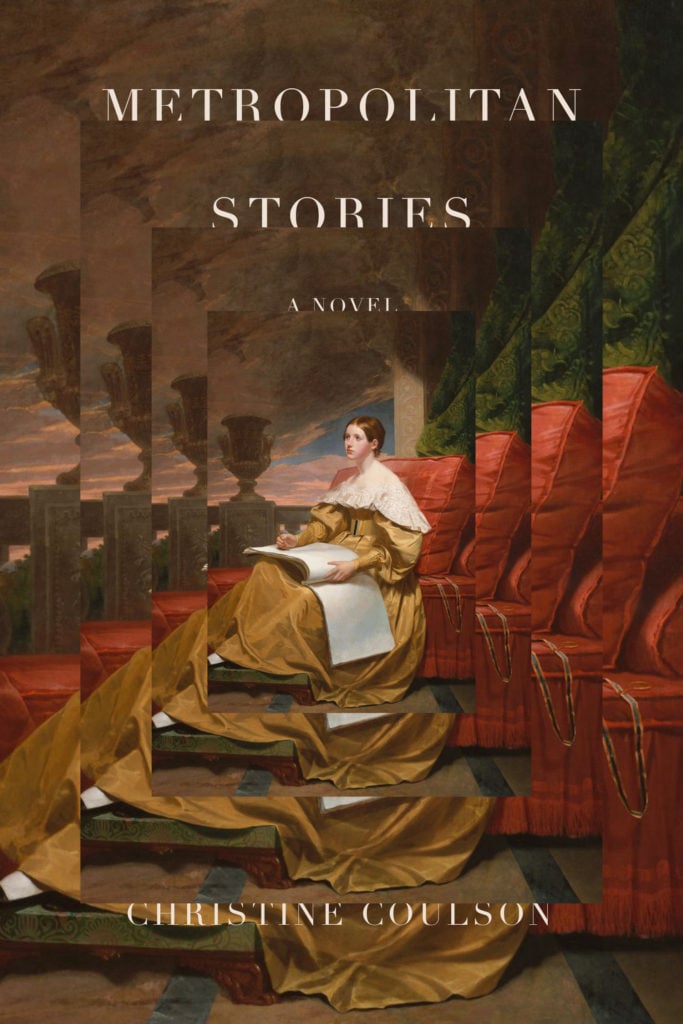
This pleasantly quirky and surprisingly magical behind-the-scenes look at life at the Metropolitan Museum of Art brings the institution’s encyclopedic collection to life—literally, with artworks that live and breathe and tell stories of their own. A figure from a Tinteretto underpainting sneaks out to work at the museum cafeteria; a marble statue of Adam longs to break free of his pedestal. The novel features a series of interconnected vignettes that are by turns heartwarming, amusing, and thought-provoking. This gem of a book speaks to the universality of art, telling the stories of a security guard, a lonely widow, and a newly unemployed insurance salesman, among others, as they cross paths with the greatest museum in the world.
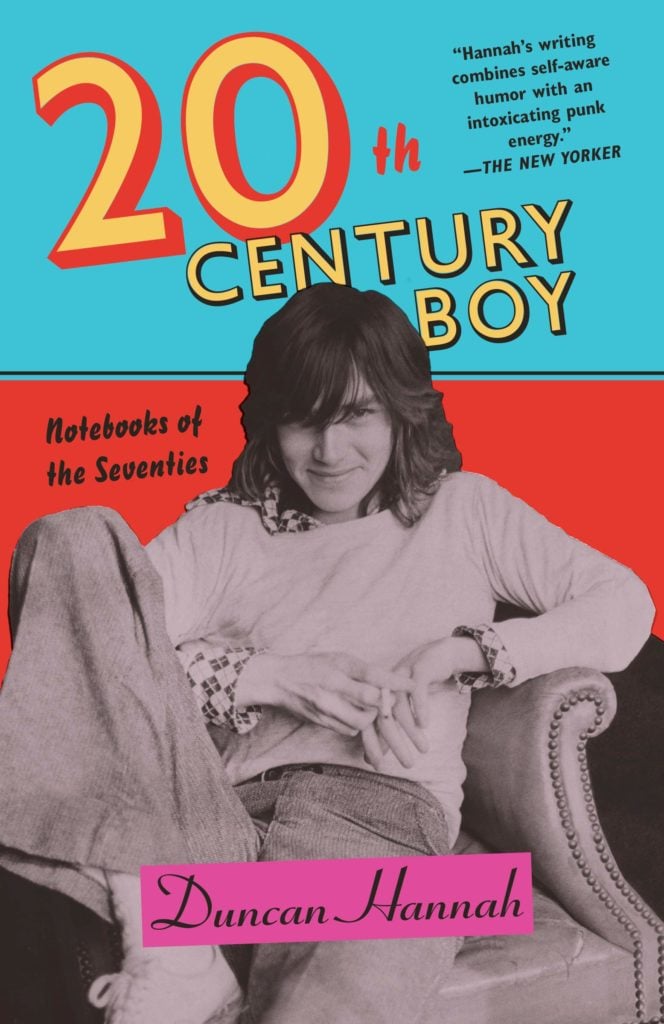
This year saw the paperback release of painter Duncan Hannah’s journals, written when he was a young man in New York between 1970 and 1981. Populated by such legendary figures as Patti Smith, David Hockney, Lou Reed, and Rene Ricard, the pages capture the downtown art and music scene of the 1970s in remarkable fashion. Driven by overindulgence—the book’s periodic lists of movies watched, books read, and concerts attended are nothing short of amazing, given the author’s hard-partying ways—Hannah is a total cad, but his sexual misadventures are undeniably entertaining, and you can’t help but root for him despite it all.
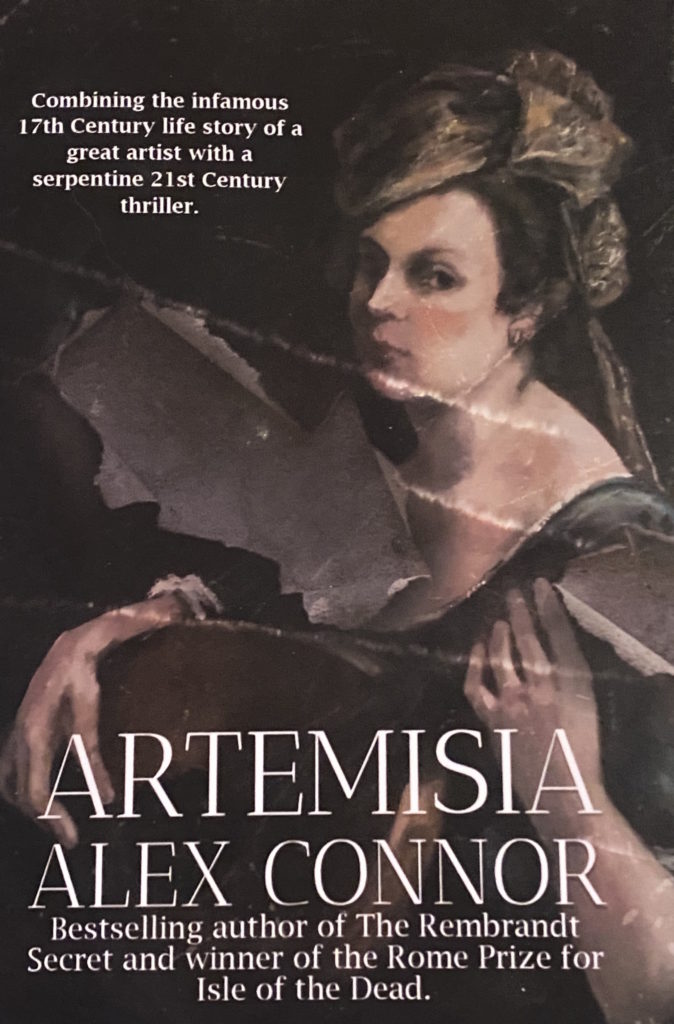
As a 17-year-old, the great Baroque painter Artemisia Gentileschi famously took her painting-teacher-turned-rapist to trial, enduring torture under oath in her quest for justice. But aside from those harrowing court records, there are few firsthand accounts of her life. Art historian Alexandra Conor has imaginatively filled in the gaps with this surprisingly suspenseful novel that jumps back and forth between Gentileschi’s career in Rome and the present day, where, in London, a woman inherits unpublished papers that reveal the artist’s involvement with unscrupulous art dealers and collectors. This is one to read ahead of Gentileschi’s highly anticipated 2020 show at London’s National Gallery.
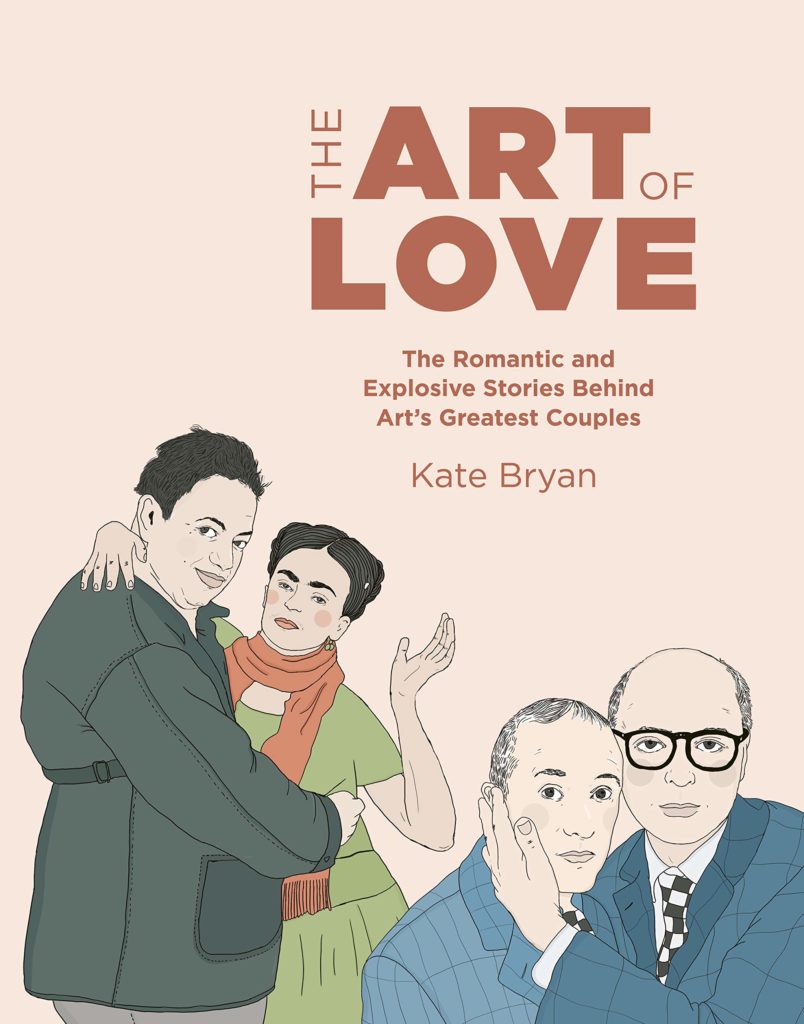
It’s fitting that The Art of Love, which celebrates some of the art world’s greatest creative couples, is itself a collaborative work. Asli Yazan’s stunning portraits illustrate Kate Bryan’s biographical texts about the relationships between Frida Kahlo and Diego Rivera; Camille Claudel and August Rodin; and Laurie Simmons and Carroll Dunham, to name just a few of the 34 featured pairs. Spanning nearly 140 years and 13 countries, some of these loves stood the test of time; others went up in flames, like the affair between Marina Abramoviç and Ulay.
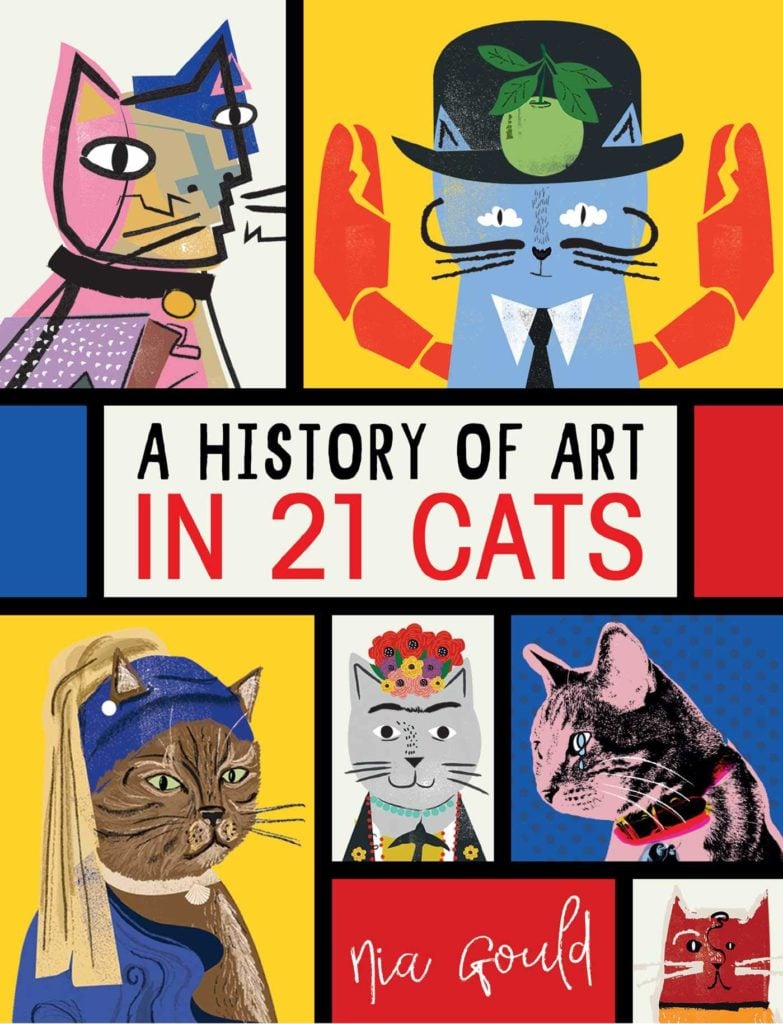
A delight for art history nerds and cat lovers alike, A History of Art in 21 Cats is exactly that: a rundown of major art periods, from the Renaissance and Rococo eras, to Cubism and Pop Art, with cats prominently featured. Each clever feline illustration is packed with art-historical references. The Surrealist cat wears a René Magritte bowler hat, with an apple in front of its face, while the Young British Artist example is posed inside a Damien Hirst formaldehyde tank.
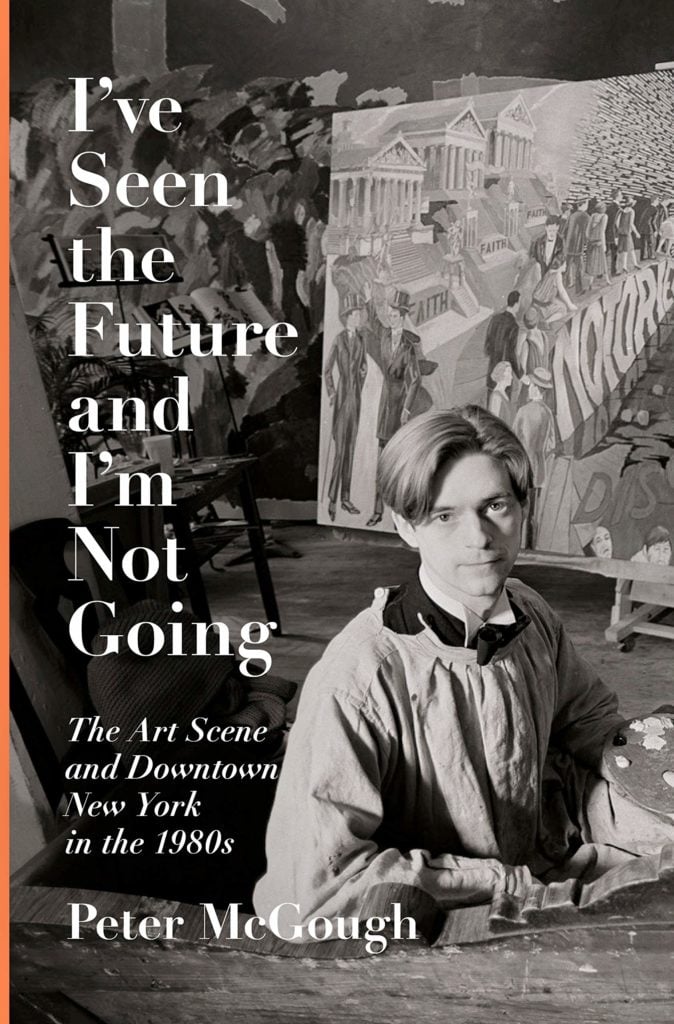
Few stories in the history of the AIDS crisis are as singular as Peter McGough’s. Best known as one half of the artist duo McDermott & McGrough, the artist rose to fame alongside his artistic and life partner making paintings, photographs, and interiors that transported visitors to the Victorian era. McGrough’s memoir traces their antics in the downtown art scene alongside Andy Warhol, Keith Haring, and other legendary figures. But it also charts their descent into poverty, the 1987 stock market crash, and the brutal AIDS epidemic. As a whole, the book is a powerful portrait of one hell of a life led during one of the most artistically vibrant—and devastating—eras of New York’s art history.

Gabrielle Decamous takes a broad look at the way that artists around the world have responded to nuclear power, from the experiments of Marie Curie to the Fukushima disaster of 2011, in art forms as varied as literature, film, music, anime, photography, and painting. The book is vast in scope and yet intimate in scale, and considers personal responses to the atomic bomb from those who survived the blasts in Hiroshima and Nagasaki. The book includes rarely seen photos of the bombings and artistic responses from the people of Oceania, whose homelands tragically became test sites for this deadly technology.
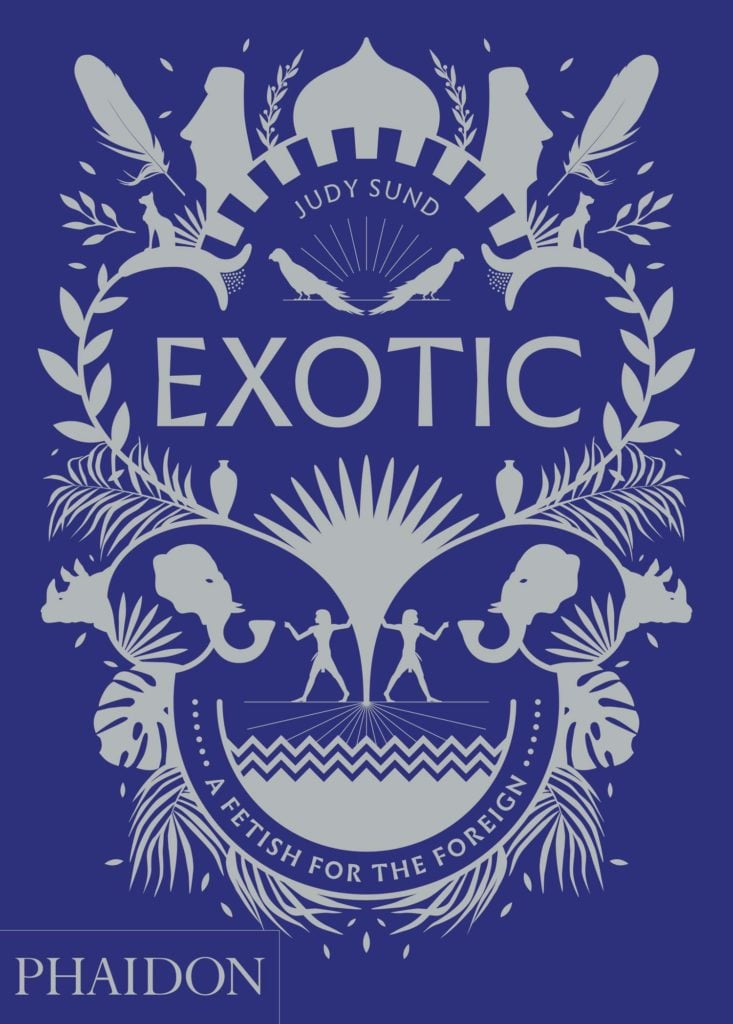
Judy Sund considers the Western world’s obsession, dating to the Age of Exploration, with all things exotic, and how foreign objects from faraway lands become markers of sophistication and taste. From Britain’s 18th-century obsession with tea to the seemingly inexhaustible appetite for all things from ancient Egypt, Sund considers how the lure of distant cultures has persisted over the centuries, with once-exotic tattoos, tulips, and elephants becoming commonplace and familiar. In our increasingly globalized world, the book serves as a fascinating reminder of how art has served as a tool of cultural assimilation.
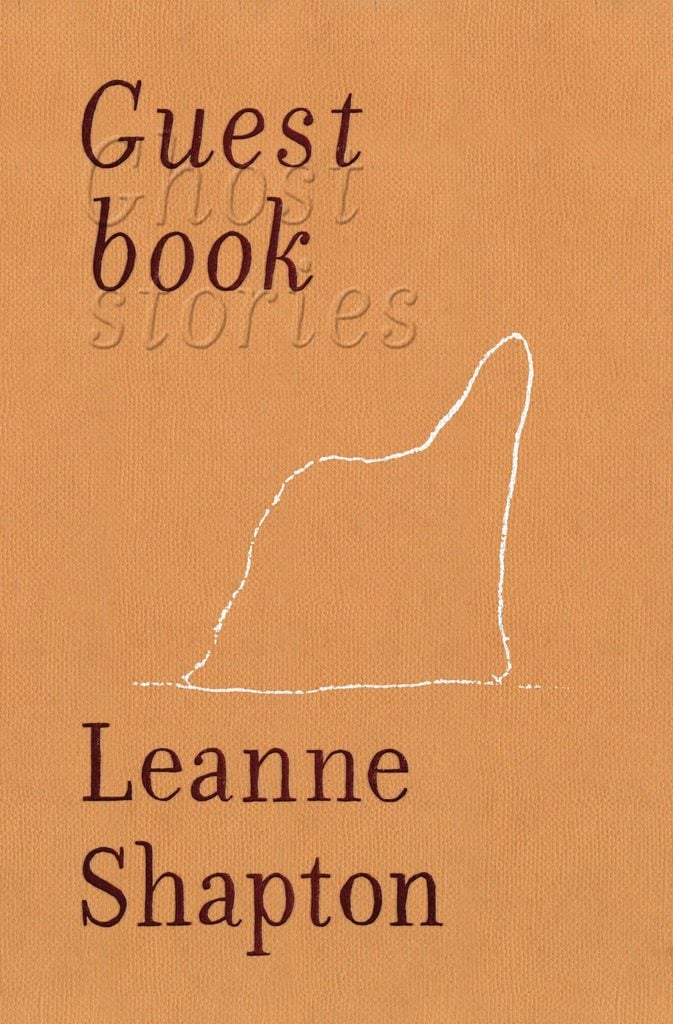
Artist Leanne Shapton’s latest book is a masterclass in visual storytelling, combining found photographs and original paintings with prose and poetry to create a loosely bound set of ghostly encounters. Some chapters, including a poem composed seemingly of Instagram comments (“this is goals,” “where can I find that dress?!”) hint at social media as a malevolent force driving our growing sense of isolation. The book lacks a clear narrative thread, but there’s something undeniably compelling about Shapton’s thoughtful juxtapositions between words and images, which makes the book a unique page turner.